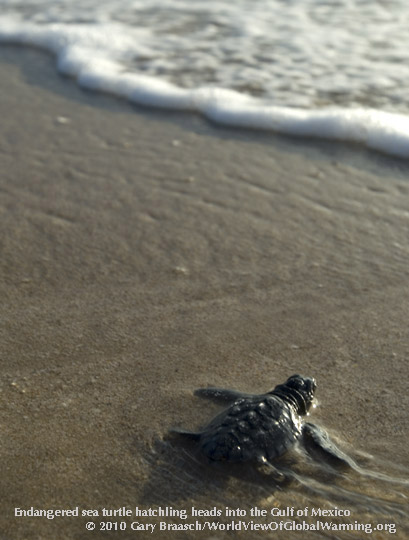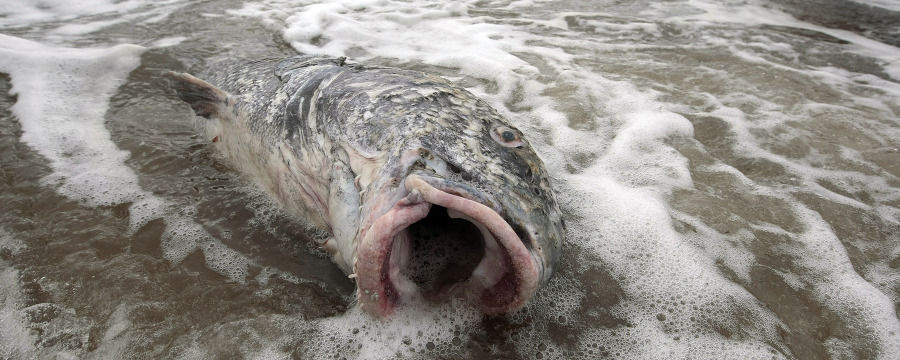Packing products in boxes and shipping them long distances gets a big rap as "unsustainable" because of its triple whammy of using cardboard that comes from trees, generating heat-trapping carbon emissions via shipping, and generating waste if the cardboard isn't recycled or composted properly.
The Life Box™ offers companies and consumers alike a sustainable solution to all three of the above problems. Best of all, you know it's a solution you can trust because it was invented by mycologist, author and founder of Fungi Perfecti®, LLC, Paul Stamets, along with co-conspirators David Censi and Katie Birkhauser. As an environmental scientist, Stamets knows what it takes for products to offer credible reductions in greenhouse gas emissions, deforestation and waste. According to the company's web site:
The Life Box™ suite of products builds upon the synergy of fungi and plants by infusing spores and seeds together inside of packaging materials that can be planted.How does it work, and how do Life Boxes address shipping's triple-whammy of unsustainability?
First, each box comes from 100% recycled paper, and is therefore tree-free to produce. Second, to offset the heat-trapping carbon pollution generated by shipping, each box contains 200-400 different seeds of 10 different tree species, which are dusted with mycorrhizal fungi -- symbiotic organisms that boost the young tree's ability to take up nutrients and water in exchange for carbohydrates (produced by CO2-absorbing photosynthesis) provided by the tree.
To eliminate the waste created by improper disposal of cardboard boxes, you can literally plant the box to create trees! When you're done with the box, you have two options. The easiest is the "let nature take its course" option: between October and January, simply tear up the box into approximately 6x6" bits, moisten them to stimulate the seeds to germinate, plant them, and let nature take its course. Keep the seeds watered and you should start to see seedlings after a couple of months. The other is a bit more complicated, but is also more fun since you get to watch your planted Life Box seeds germinate in a tray during their first year and transfer them into individual pots for their second year. After two years, simply transfer the potted trees to the place of your choice -- for example near your office, in your yard, or in a neighborhood park.
To track the beneficial impacts of Life Box™ trees, the company asks users for their email addresses and locations:
When you plant your trees outside in their permanent home, send us an email with the address—or better yet, the GPS coordinates—of your planted Life Box™. We will collect this data and eventually post the locations on a map of the United States. In the future, we hope to create an interactive Web site so customers can share their experiences. Stay tuned!
 How do you know the trees won't become ecologically harmful invasive species? To start, the company chose a continental mix of tree species that is acceptable to all Departments of Agriculture in every state in the U.S. (for now, Life Box™ products are only available in the continental U.S. -- not yet Hawaii) The introductory seed mix includes white birch and sweetgum from the eastern U.S.; lodgepole pine, water birch, sycamore and blue spruce native to the Rocky Mountains; mountain hemlock native to the Pacific Northwest; and northern white cedar (arborvitae) native to Europe. If the company can grow the business to a sufficient level, Life Box™ plans for its products to become zip code-specific -- to provide customers with trees that are native to their bioregion. For example, if you're in the New York City area, your Life Box™ products may contain familiar species such as red and sugar maple, eastern hemlock and white birch. However, customers in the Bay Area of California might receive giant redwood, coast live oak, and bay laurel.
How do you know the trees won't become ecologically harmful invasive species? To start, the company chose a continental mix of tree species that is acceptable to all Departments of Agriculture in every state in the U.S. (for now, Life Box™ products are only available in the continental U.S. -- not yet Hawaii) The introductory seed mix includes white birch and sweetgum from the eastern U.S.; lodgepole pine, water birch, sycamore and blue spruce native to the Rocky Mountains; mountain hemlock native to the Pacific Northwest; and northern white cedar (arborvitae) native to Europe. If the company can grow the business to a sufficient level, Life Box™ plans for its products to become zip code-specific -- to provide customers with trees that are native to their bioregion. For example, if you're in the New York City area, your Life Box™ products may contain familiar species such as red and sugar maple, eastern hemlock and white birch. However, customers in the Bay Area of California might receive giant redwood, coast live oak, and bay laurel.No matter where you are located, each tree that grows to be 30 years old will suck an average of 1 ton of CO2 from the atmosphere during its lifetime (more on moist and fertile soils, less on dry, rocky or otherwise infertile soils):
Each Tree Life Box™ may some day qualify for up to one ton of carbon credits!
Why?
We estimate that 1 tree in 100 will survive to 30 years. On average, a 30-year-old tree can sequester 1 ton of carbon.Still more exciting: Life Box™ plans not only cardboard products for shipping (click here to view currently available boxes, which come in three sizes). The technology is also being used to make tree-generating custom wine boxes, CD and DVD covers, pizza boxes and sleeves for coffee cups -- all coming soon. Don't live in a place with a lot of native trees? Planned future Life Box™ products will contain native grassland and meadow wildflower species. Don't live in the continental U.S., but want Life Box™ products? The company is working to offer products world-wide.
If you'd like to learn more about Life Box™ products, come to their break-out event: the upcoming Sustainable Brands 2010 Conference, happening June 7-10 in Monterey, CA. Founder, Paul Stamets, will be on hand for a presentation titled, "Rethinking the Box". Stamets' lecture is just one of literally dozens of presentations by a superb line-up of sustainability innovators who are advancing business practices that benefit both the earth and their bottom line.
Please join me in beautiful Monterey (where I'll definitely sneak off one evening for a hike to visit the otters, sea lions and seals at Pt. Lobos State Natural Reserve). I'll be at Sustainable Brands 2010 as both an ecologist and a sustainable business maven, excited to learn more about emerging products and practices that help stop climate change and reverse the destruction of our natural heritage.
The Sustainable Brands 2010 Conference is hosted by Sustainable Life Media. It is located in Monterey, California this year and will run from June 7th -10th. To register for the Conference, please visit the Sustainable Life Media website.





